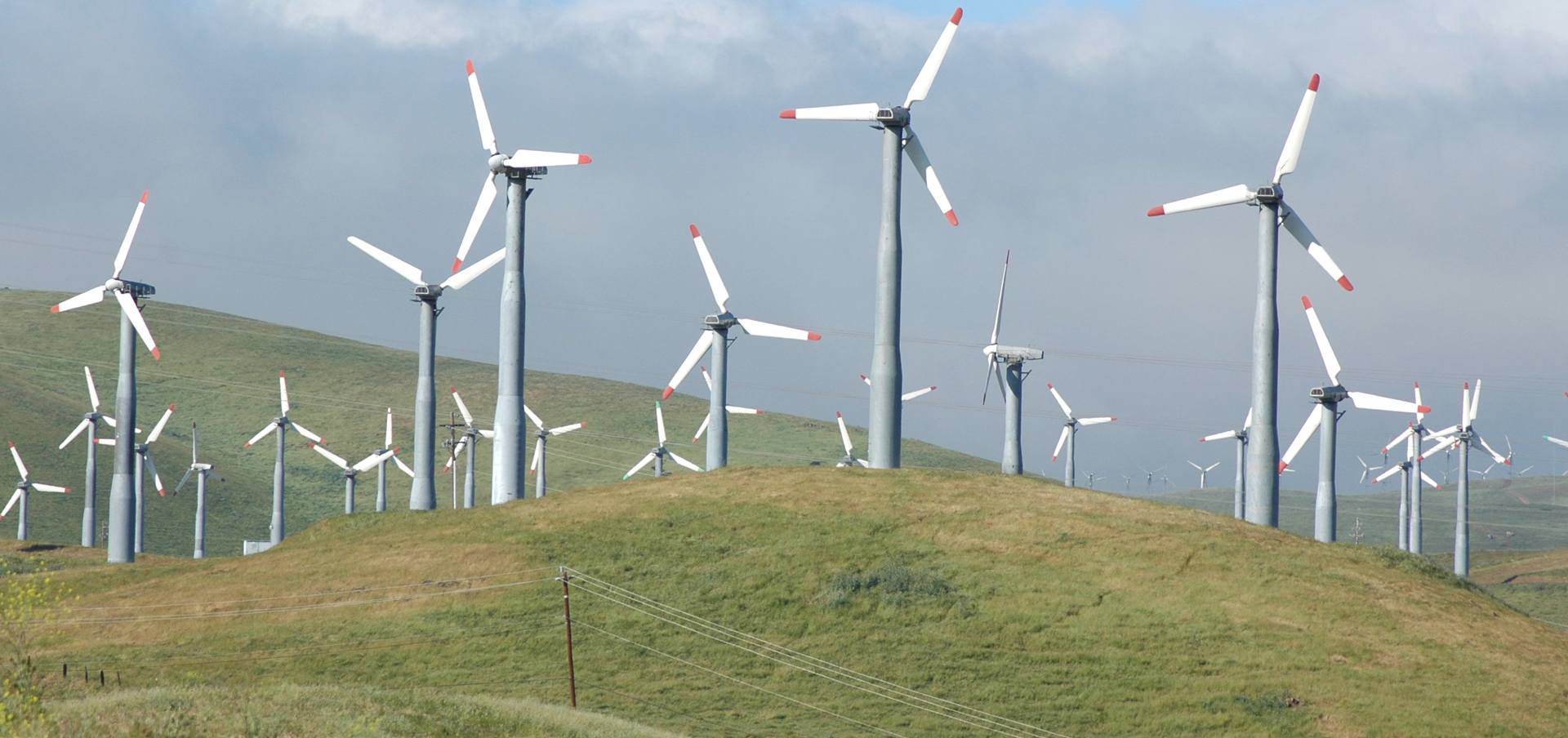Fostering an interest in environmental science beginning at the high school level is not only a great way to inspire a valuable career, but also to instill positive values in teenagers. At its core, Connecticut River Academy — a magnet high school located right on the Connecticut River — promotes environmental justice, envisions sustainability, and teaches to those values through three key learning standards:
1) Self- and global awareness
2) Respect for diversity
3) An understanding of how action can facilitate positive change
At Connecticut River Academy, students use their talent, skills, and knowledge to contribute to a just and sustainable world. With the opportunity to earn up to 30 college credits in high school, and with hands-on experimentation and laboratory training, Connecticut River Academy gives graduates an incredible boost towards the many positive directions in which an environmental studies focus can lead.
Environmental science is one of the fastest growing professions in the US, with a project growth rate of 15 percent from 2012 to 2022. With a quick glance towards any reliable news source, it’s easy to see where the demand for environmental scientists is coming from. So many hot button topics, as reported by the United Nations Environmental Programme – stabilizing climate change, reigning in air pollution, preserving water, managing waste, and decreasing deforestation – are all, in fact, fuel for environmental studies jobs. There is an urgency to environmental science – smart politicians, scientists, and advocates know we have to make changes with haste. Current environmental threats need to be halted, and future dangers must be avoided by amending policies. Reversing environmental damage is difficult – sometimes impossible. We need skilled change-makers to negotiate international environmental policy and innovators to harness green technologies. This is why teaching environmental stewardship at magnet high schools like Connecticut River Academy is so important: these students are the globe’s future.
Beyond using the Academy’s state-of-the-art laboratories, one of the most valuable tools that our students have is the opportunity to use is the school’s own research vessel. This 40-foot boat, which can carry up to 28 students at a time accompanied by the crew, is the only freshwater research vessel of its kind in the region. The R.V. Goodwin Navigator lets students explore and learn from 1000 acres of waterfront land on the historic Connecticut River.
Receiving hands-on, outdoor education teaches conservation and stewardship of our environment, and is actually proven to help students better perform in other subjects outside of the sciences, such as social studies, language arts, and math. Plus, it enlivens a sense of excitement in students, which is especially valuable in high school – when teens are just beginning to broaden their horizons by considering further education and a professional career.
Environmental Science as a subject covers an interdisciplinary blend of studies, making it a flexible and practical area of study both now and in the future. As an early college high school, Connecticut River Academy recognizes the importance of environmental studies for students looking to pursue it long-term.
Scholars of Environmental Science learn biology, chemistry, and geology, plus engineering, policy, and history. Environmental scientists negotiate between natural ecosystems and the human interaction with the earth: enforcing regulations, fostering compromise, mediating between different groups, and encouraging cooperation. Essentially, they are big-picture problem solvers and innovators, with in-demand skills for a variety of professions that reach far beyond the typical laboratory or research track. Businesses are valuing “going green” like never before: and they need qualified and knowledgeable individuals to lead environmentally-driven advances.
Early environmental studies training can result in careers as varied as business, public health, and ecology, to fashion, architecture, and urban planning. With the environmental curriculum taught by Connecticut River Academy, students are well prepared to blend their personal interests with technical training, embark on the “green” track, and become tomorrow’s innovators.
As of May 2015, the United States Department of Labor reported that the mean annual wage of an environmental scientist or specialist falls just shy of $74,000. Not to mention, some of the highest paying environmental science jobs are located right in the metropolitan areas of Connecticut. These positive statistics are great examples of the importance of environmental science, especially in Connecticut. High schoolers who have the opportunity to explore these studies early on are setting themselves, and our planet, up for a future of success.
To learn about the environmental studies programs at Connecticut River Academy, or to see why we’re the best magnet high school in the area, attend a parent information session or apply today!
Goodwin University is a nonprofit institution of higher education and is accredited by the New England Commission of Higher Education (NECHE), formerly known as the New England Association of Schools and Colleges (NEASC). Goodwin University was founded in 1999, with the goal of serving a diverse student population with career-focused degree programs that lead to strong employment outcomes.

